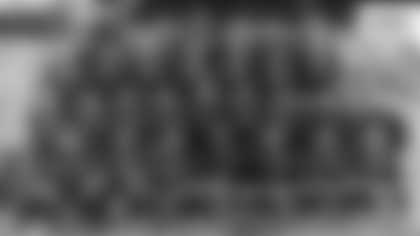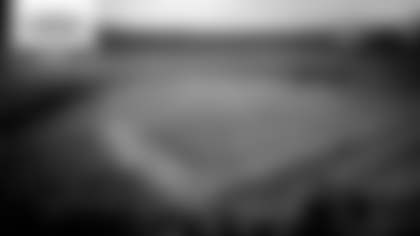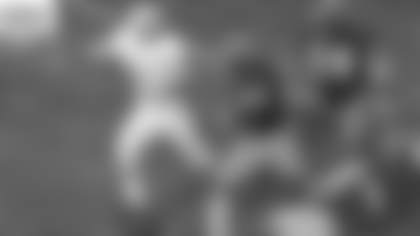For today's Throwback Thursday moment presented by
**
Gary Clark was eager to make his mark when he signed with the Redskins in 1985.
At the same time, the rookie wanted to be like another Redskins receiver who had established himself as perhaps the best pass catcher in the NFL: Art Monk. Monk was coming off one of the most incredible receiving seasons in NFL history, with a then league-record 106 receptions and a career-high 1,372 yards in 1984. He was also revered for his no-nonsense approach on the field. A model of professionalism, he never mouthed off and instead let his play do the talking.

Clark took notice.
"I came from the USFL, so Art didn't have any idea who I was," Clark said. "But Art was the guy. I'm sitting back here and looking at this incredible receiver, and all I can think about is I want to be that guy one day. I want to be like Art Monk.
"So I'm looking at Art and thinking, he does everything so well, from on the field to off the field to just the aura about him," Clark added. "It was just incredible to be in the same offense."
The Redskins drafted Monk in the first round in 1980, while Clark was not picked in the 1984 draft, despite finishing as the all-time leading receiver at Division I-AA James Madison. The 5-foot-9, 173-pounder went on to play for the Jacksonville Bulls of the United States Football League, catching 56 passes for 760 yards in 1984. But the cash-strapped Bulls released some high-priced players, including Clark, who the Redskins took in the supplemental draft.
Clark had an amazing 11-year NFL career: 699 catches, 10,856 yards, 65 touchdowns. Most of that production came in his eight seasons in D.C. (1985-92), where he placed No. 3 in team history in receptions (549) and receiving yards (8,742). He made four Pro Bowls with the Redskins and caught TD passes in Washington's wins in Super Bowls XXII and XXVI.
He also became a fan favorite who was admired for his grit and determination on the field and his fiery personality.
But no one knew Clark would be so dynamic when he joined the Redskins. He was low on the depth chart, and the Redskins assigned him to return kicks. He didn't become a starting receiver until the fifth game of the 1985 season.
All the while, he was inspired by No. 81.
"Art was the guy," Clark said. "He motivated me to want to be the guy because of the way he handled himself, the awe, the way the players respected him. He wasn't a rah, rah guy. But when he did speak he was kind of like (coach) Joe Gibbs. When Joe spoke, you listened. And it was nice to know that a receiver was the guy because a lot of times running backs are the guy or quarterbacks are the guy."
Clark, Monk and Ricky Sanders, another USFL refugee who became a Redskin in 1986, formed "The Posse," the lethal receiving trio that was synonymous with the Redskins' success of the late-1980s and early-1990s. Monk became the NFL's all-time leading receiver with his 820th catch in 1992 and finished with 940 in his 16-year career.
Clark said when he and Monk confided in each other, it was mostly about football matters.
"Art's a private guy, and I'm a private guy when it comes to our personal lives," Clark said. "But from the football side of things, that's when it was open book. He would share information about a defensive back I may not know anything about. That's important. I'm trying to get open, too. Everything you hear about Art is completely true. Some stories about people are fabricated. He's the ultimate role model. There's nothing bad you could ever say about him."
Monk entered the Hall of Fame in 2008, the same year as famed Redskins cornerback Darrell Green. The induction ceremony in Canton was like a Redskins event, drawing an ocean of fans wearing burgundy and gold.
Monk sounded humble and appreciative in his induction speech, which came eight years after he became eligible for selection. Clark, who has been a preliminary nominee for the Hall of Fame, said Monk's induction was "long overdue."
"He should have been a first ballot selection, we all know that," Clark said. "But it was nice to see the turnout he got. The Hall of Fame is never going to have a turnout like that ever again. At the end of the day, they were there for Art."













